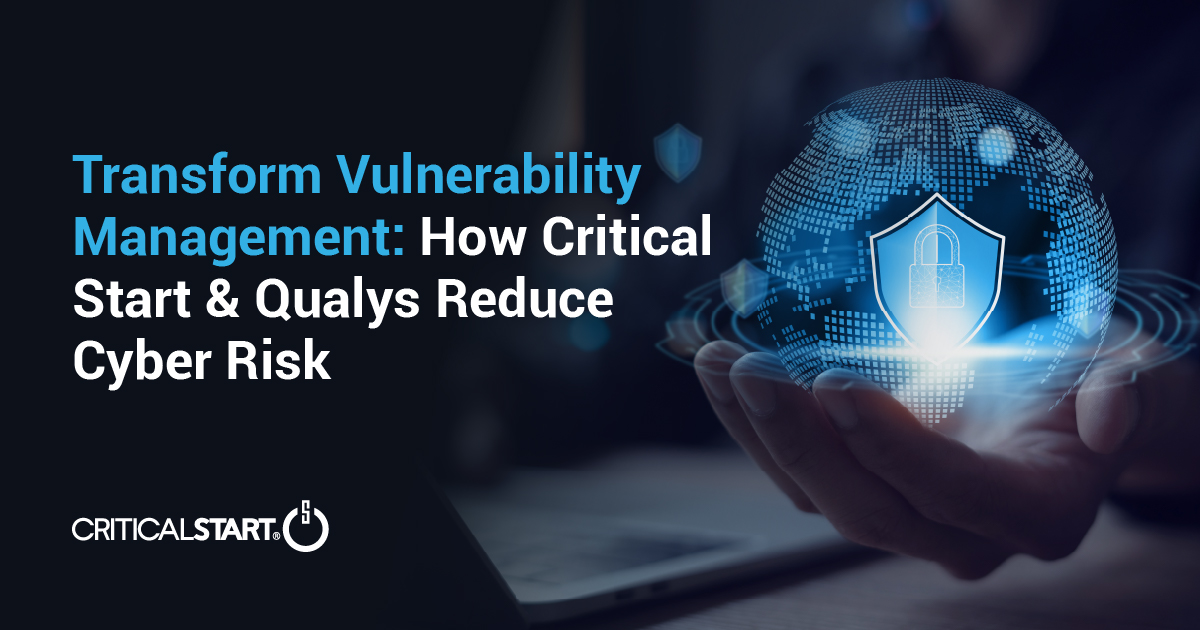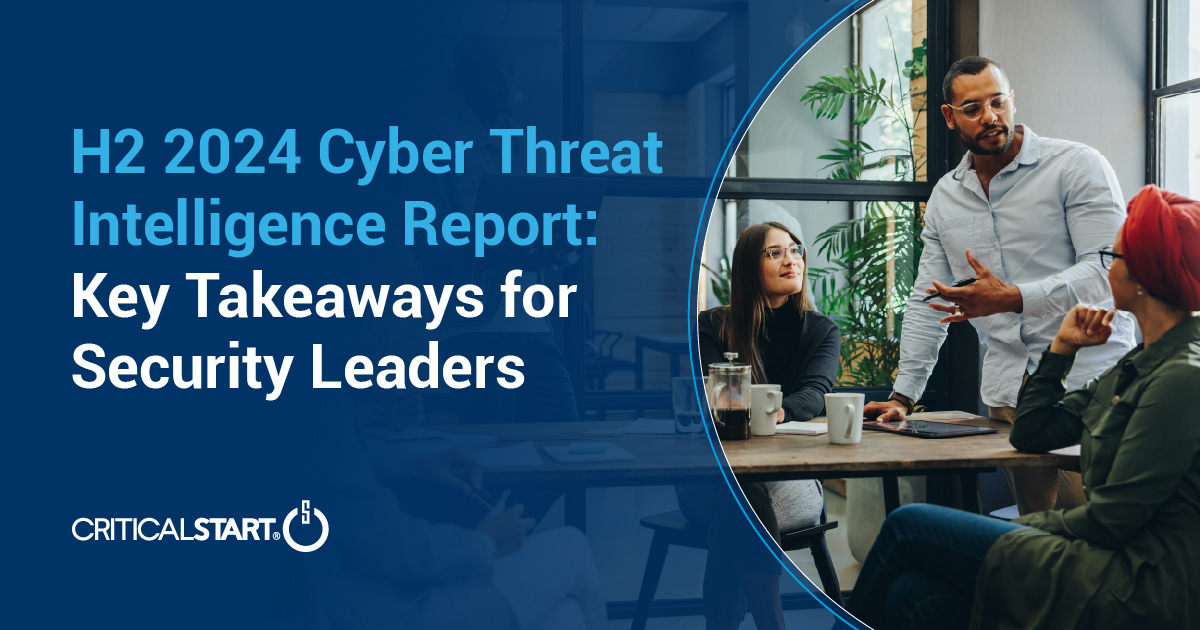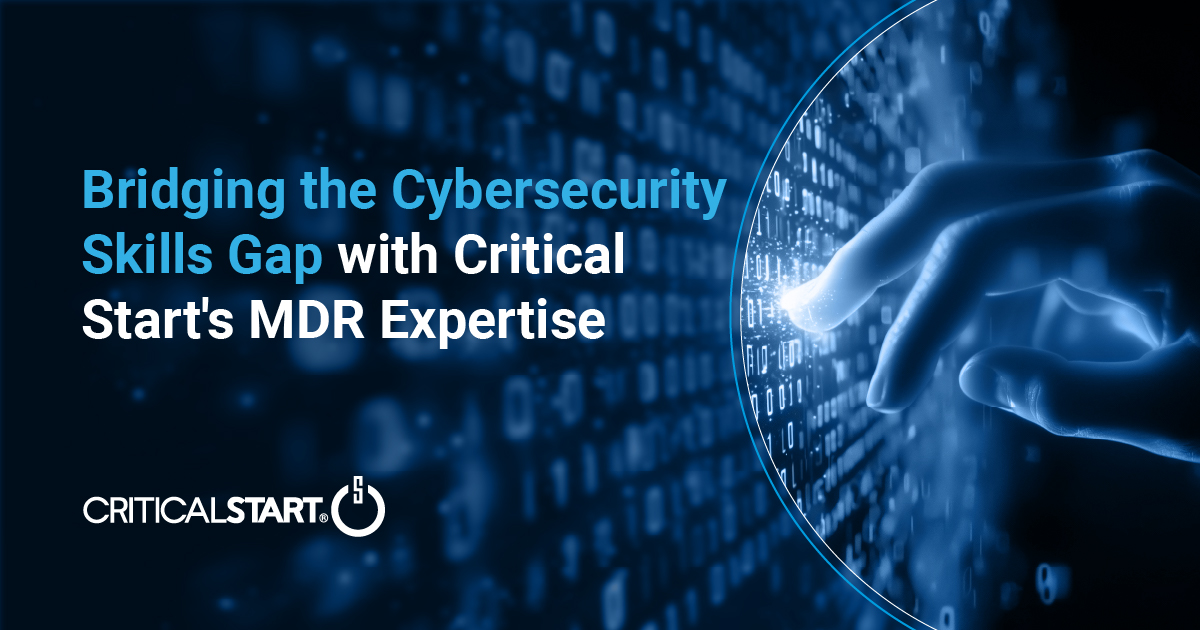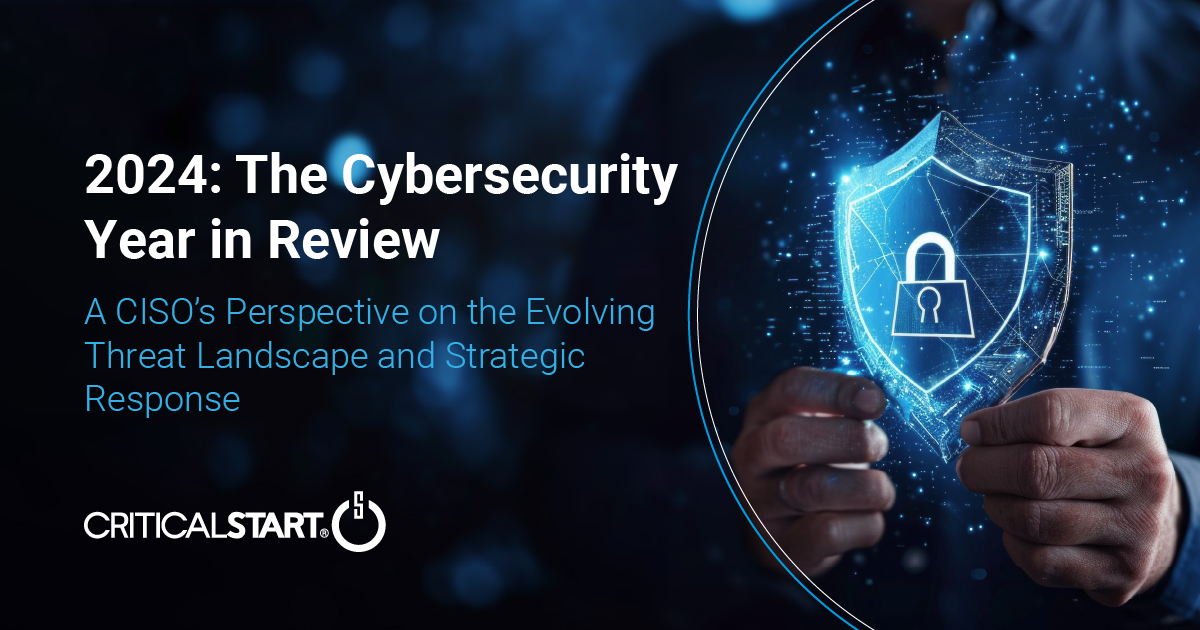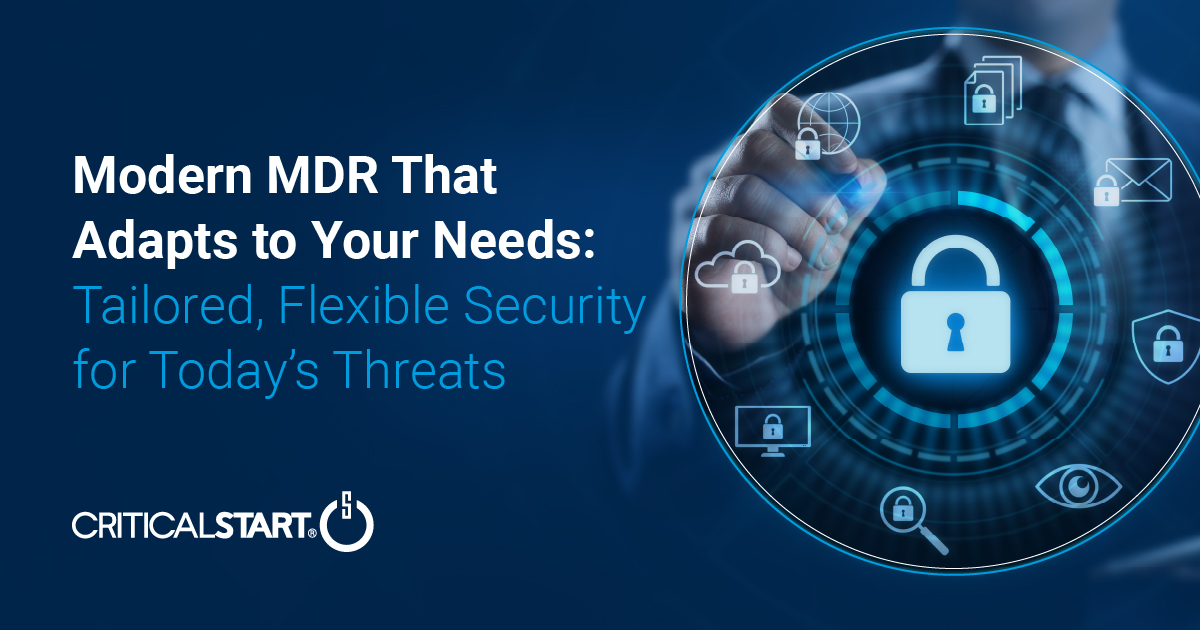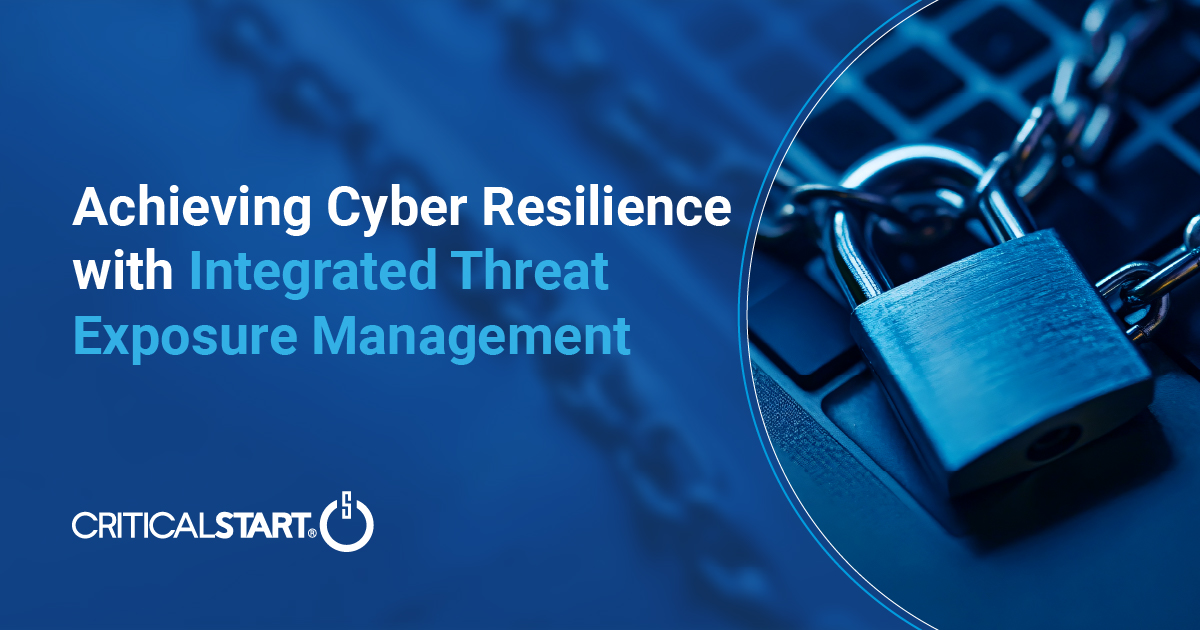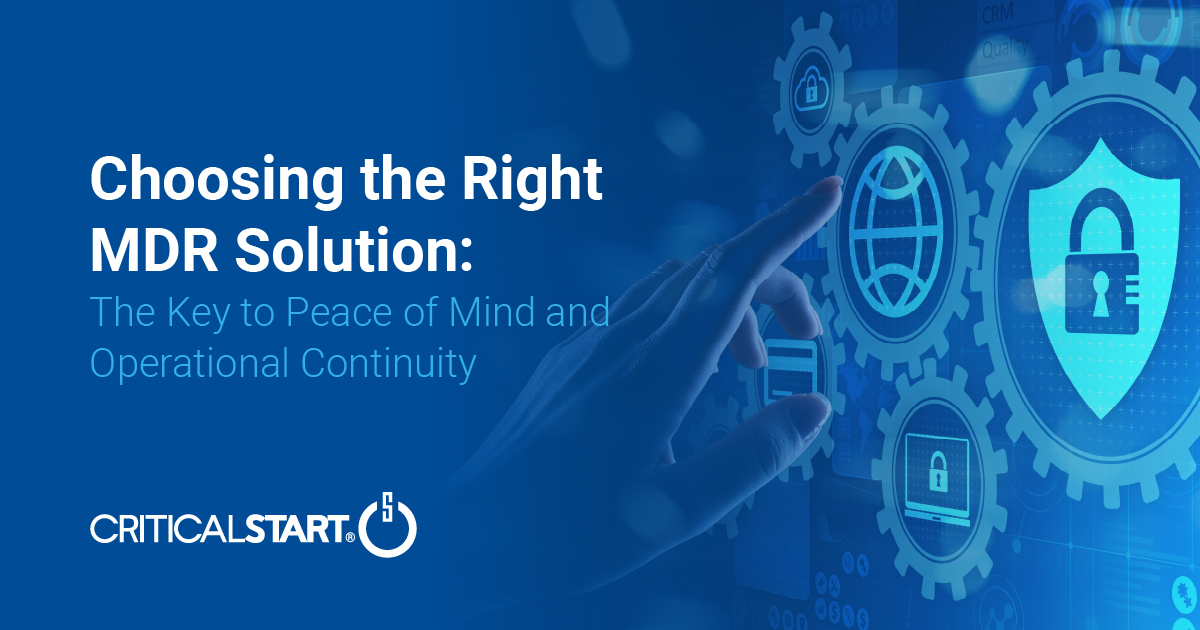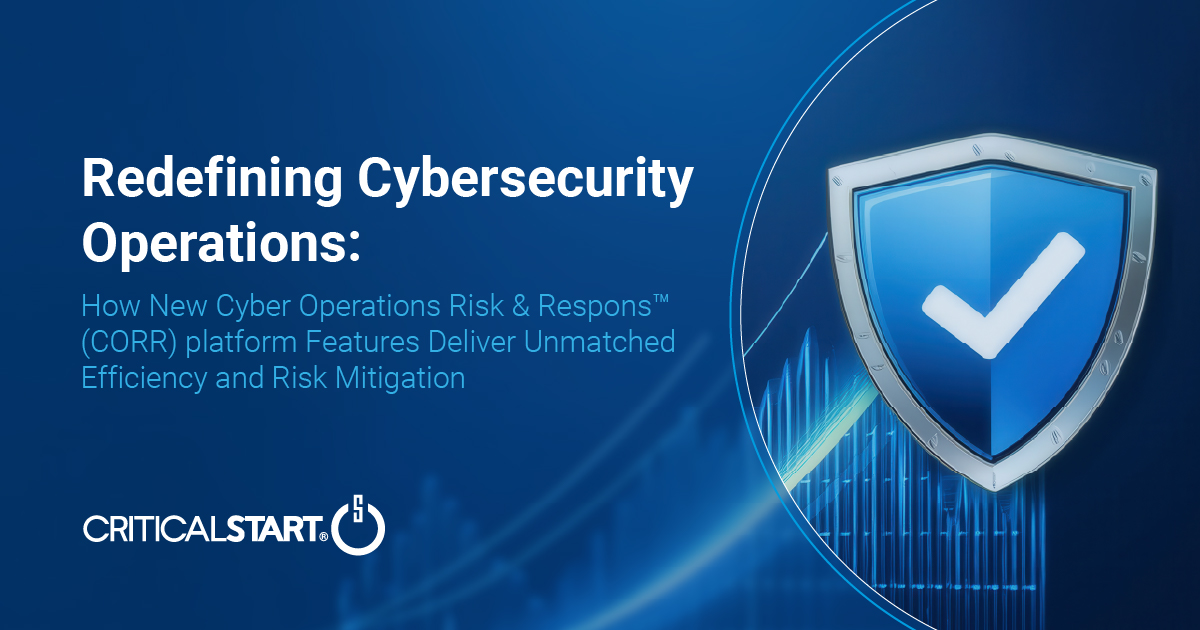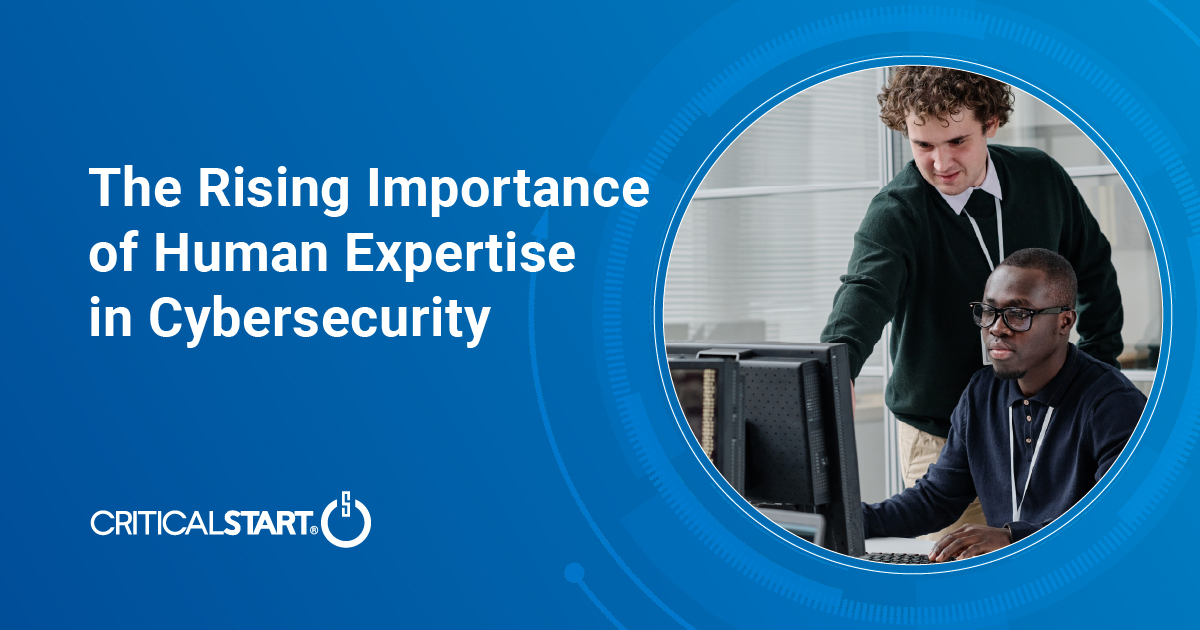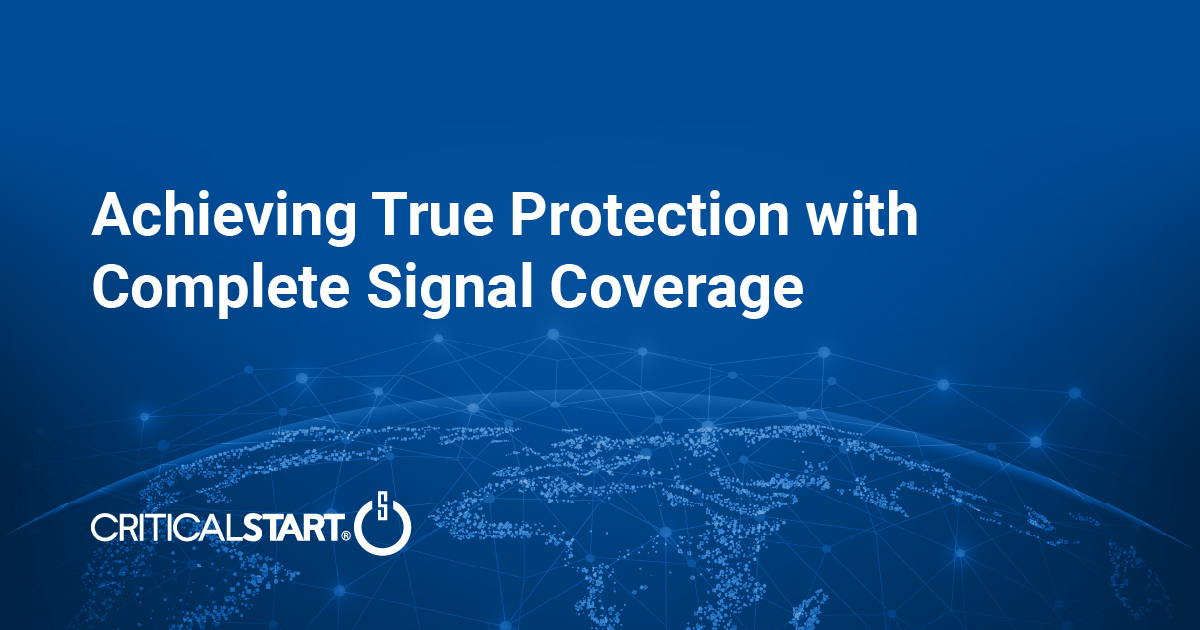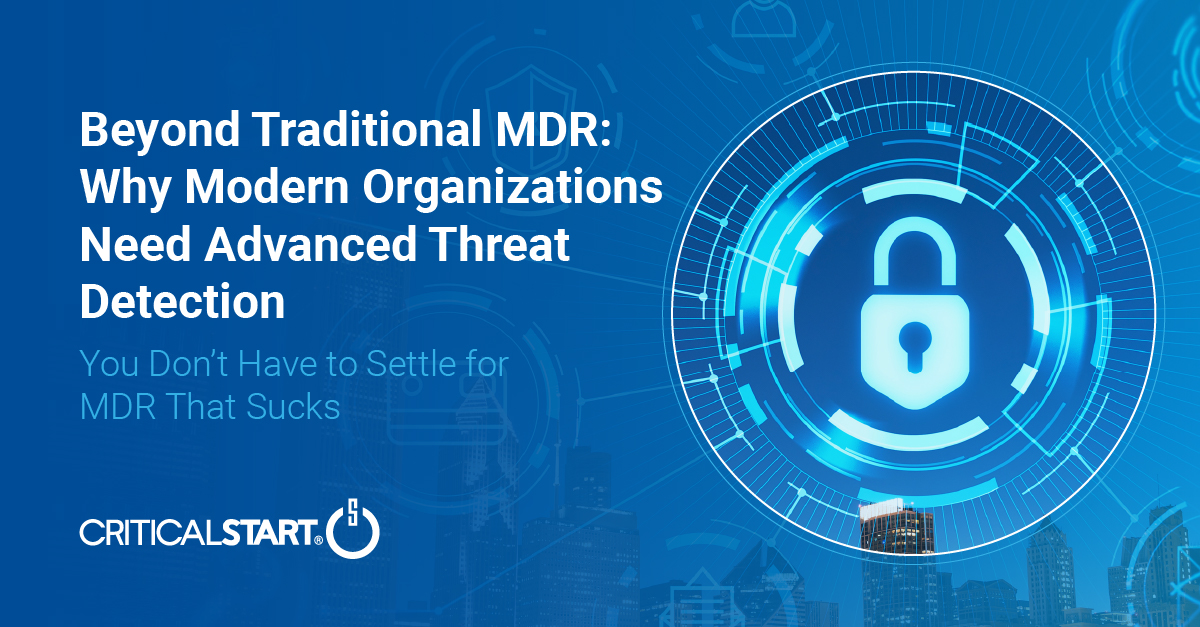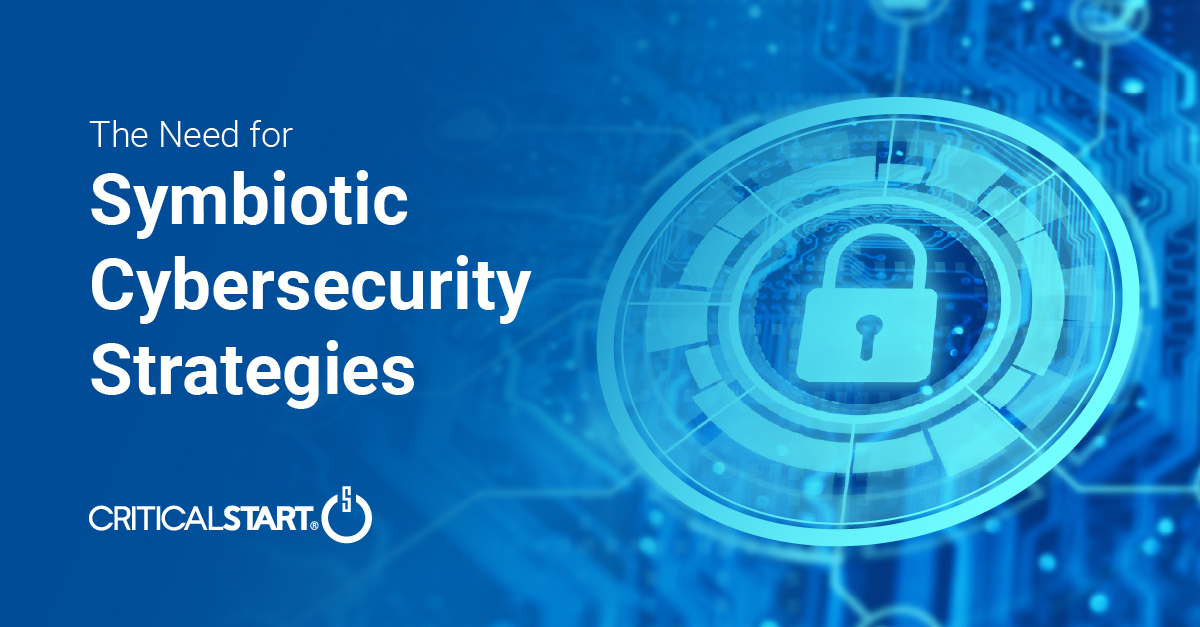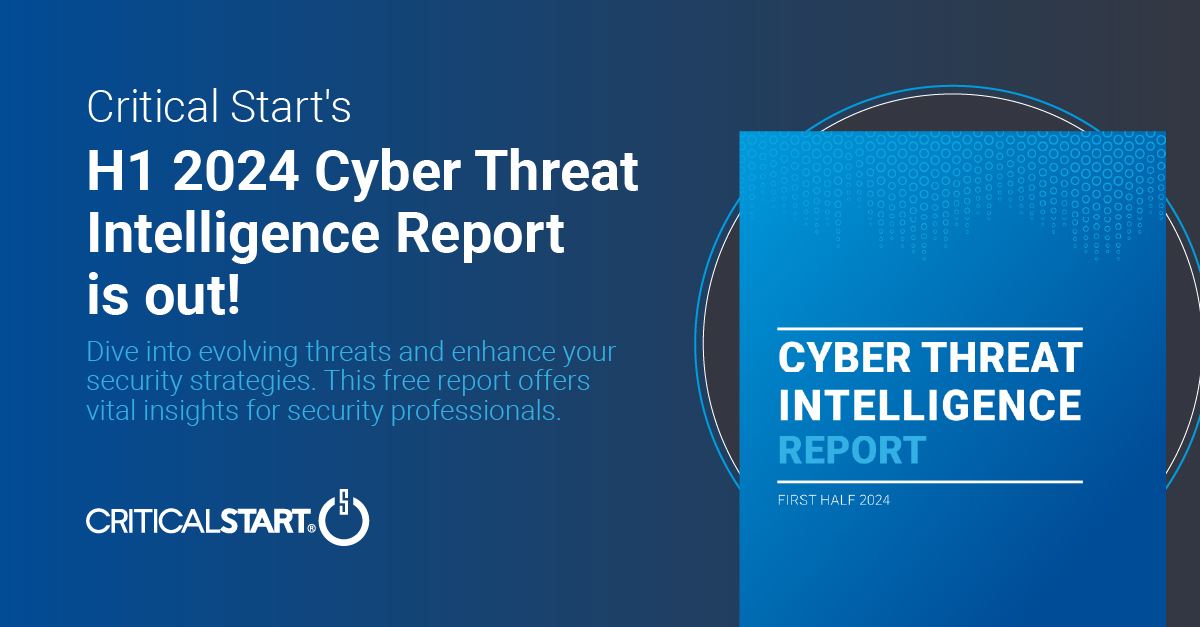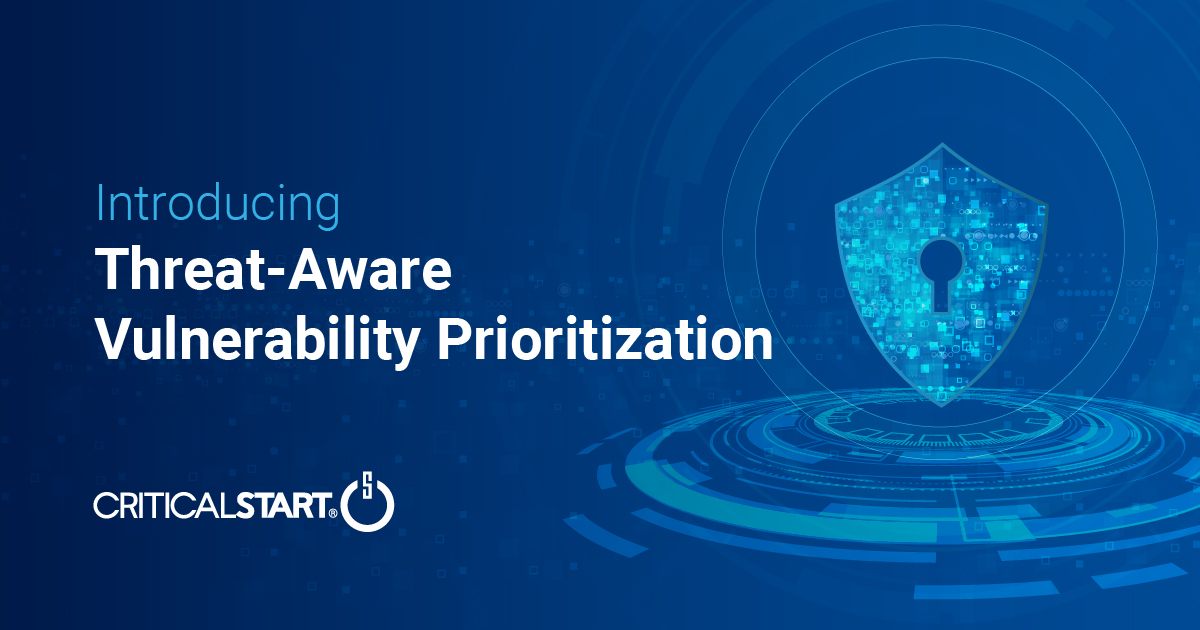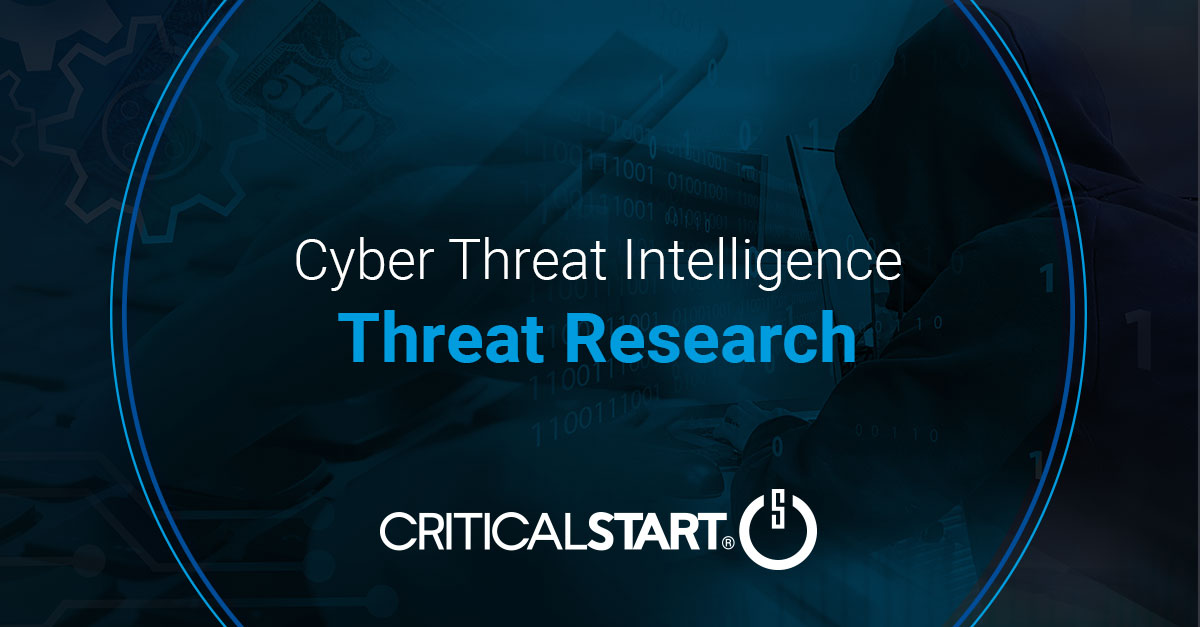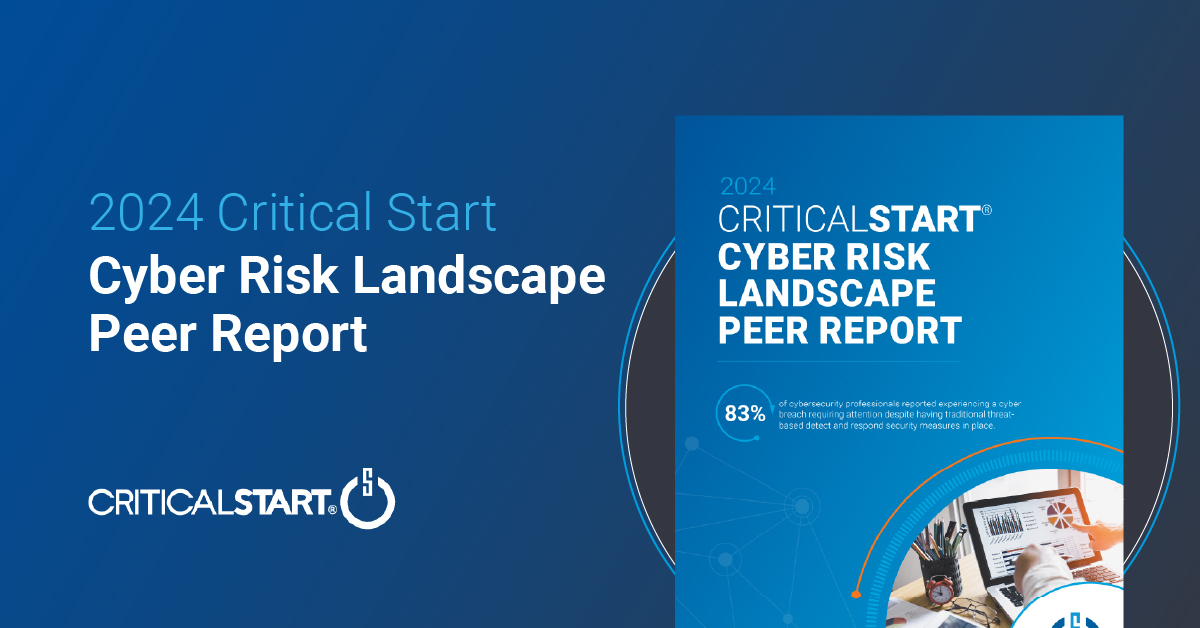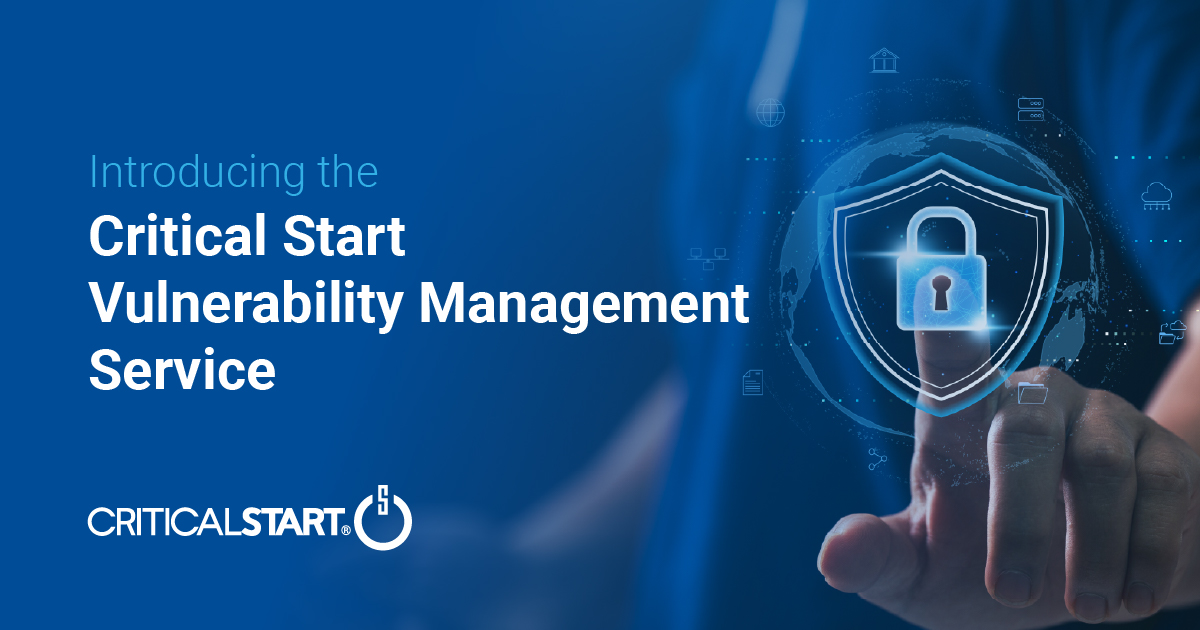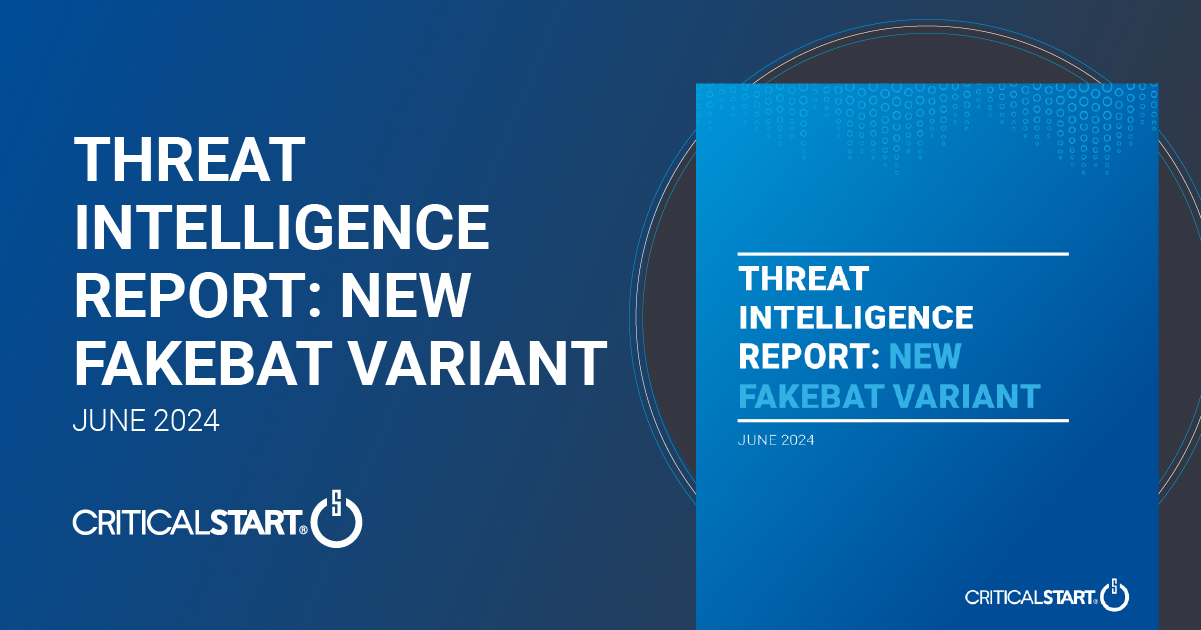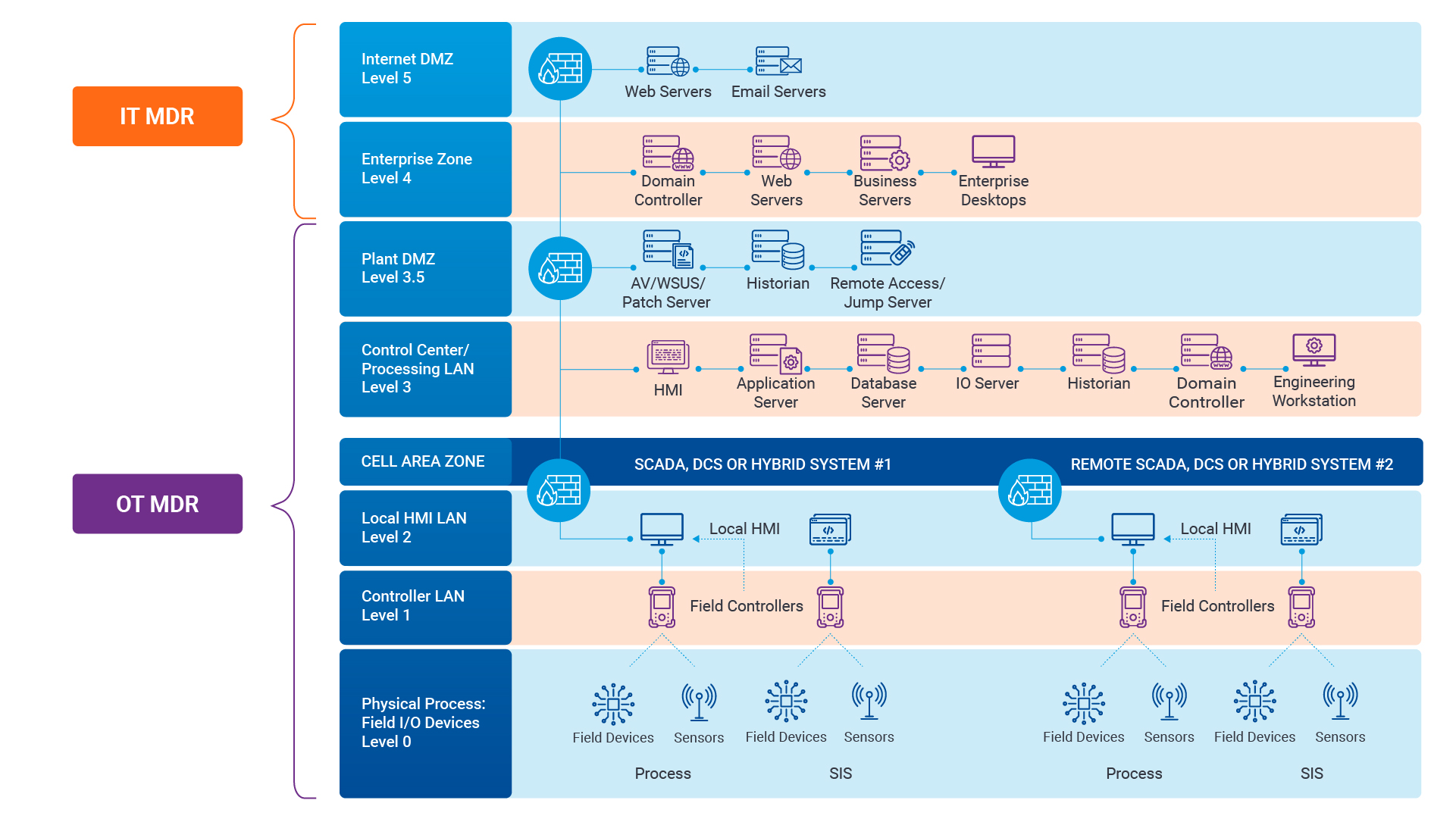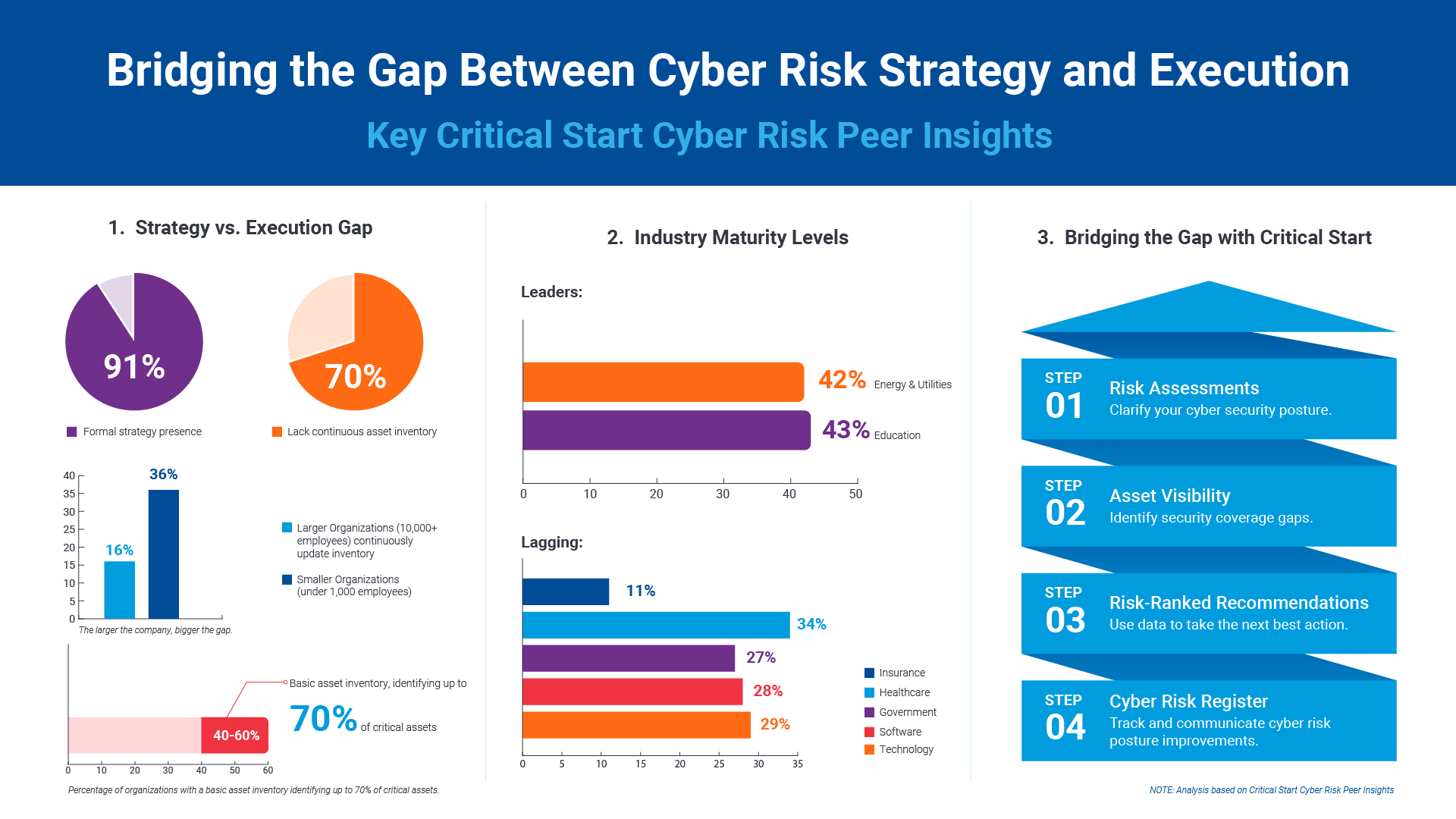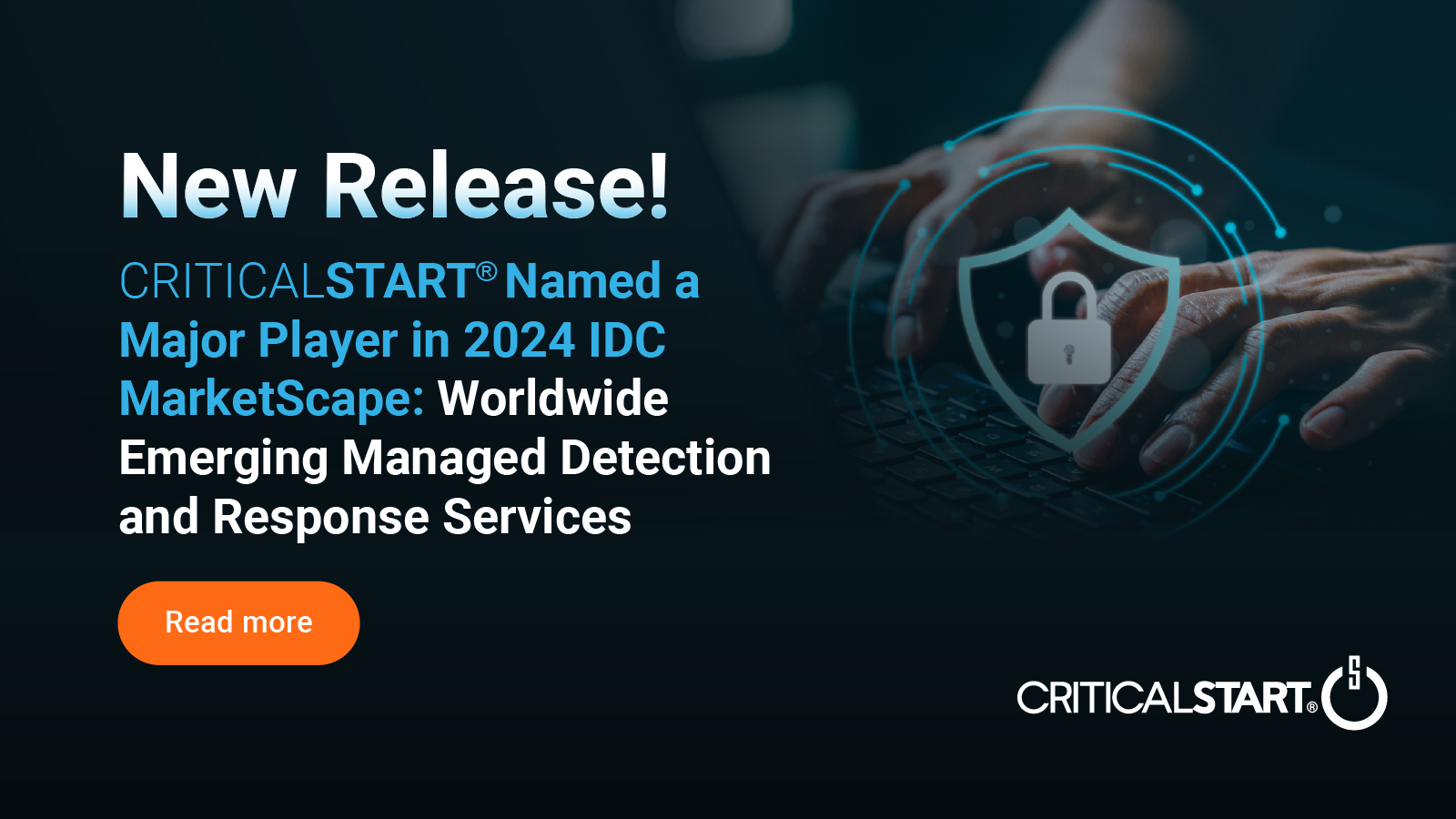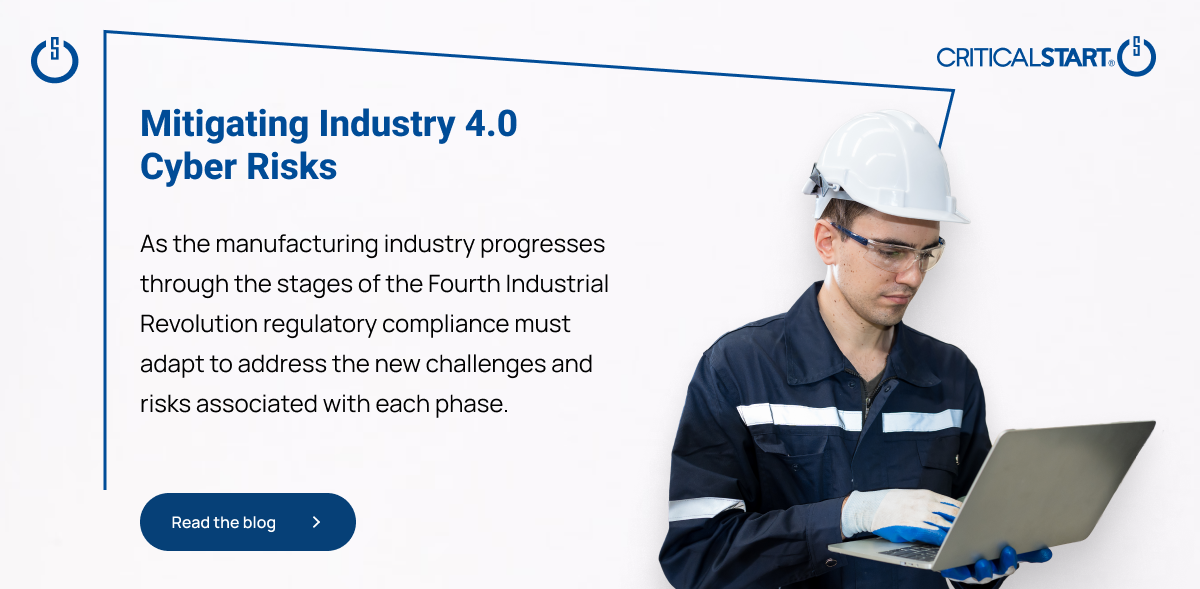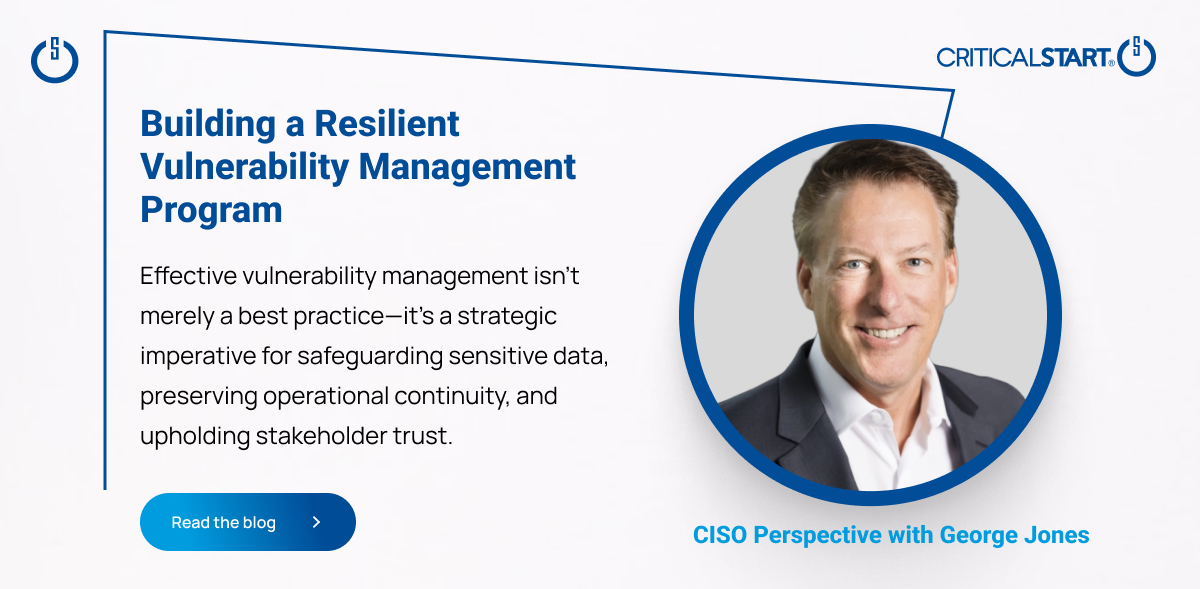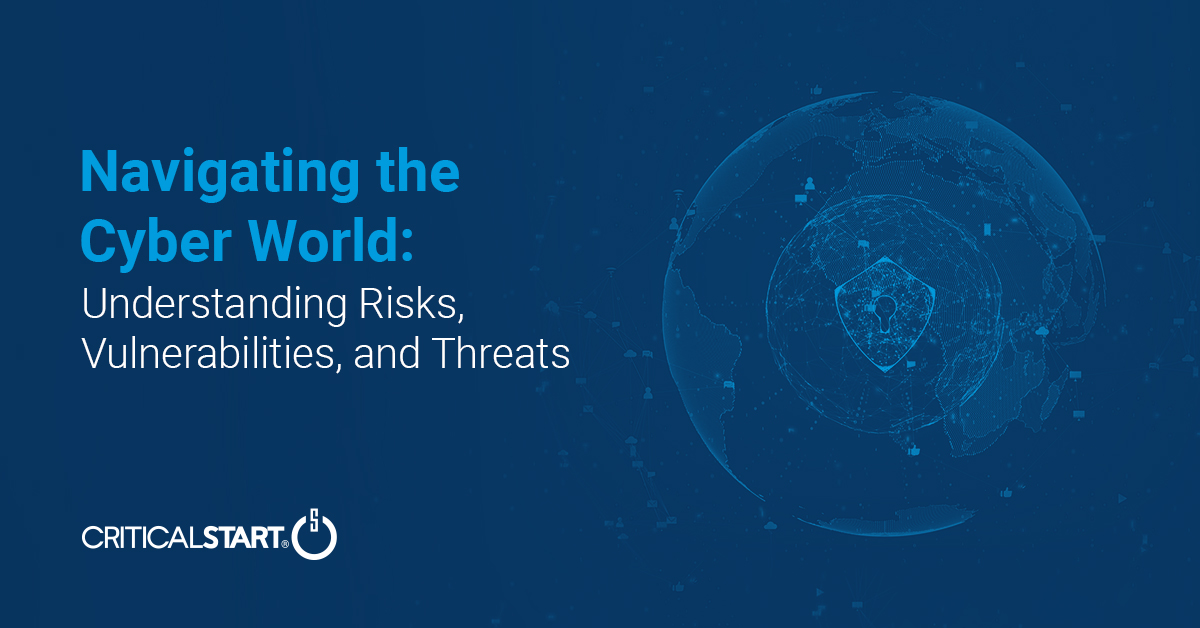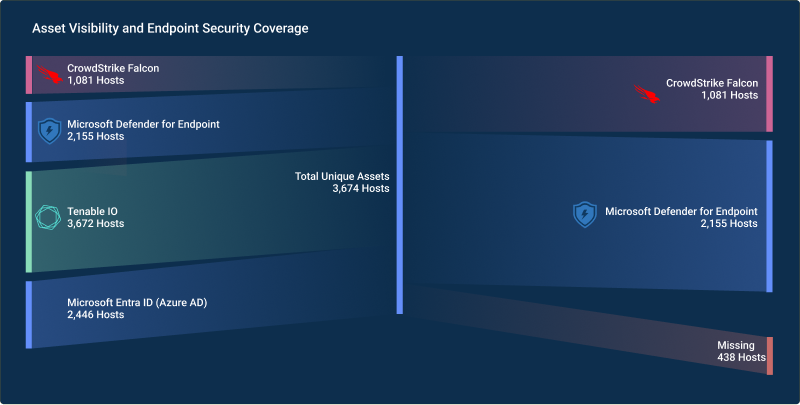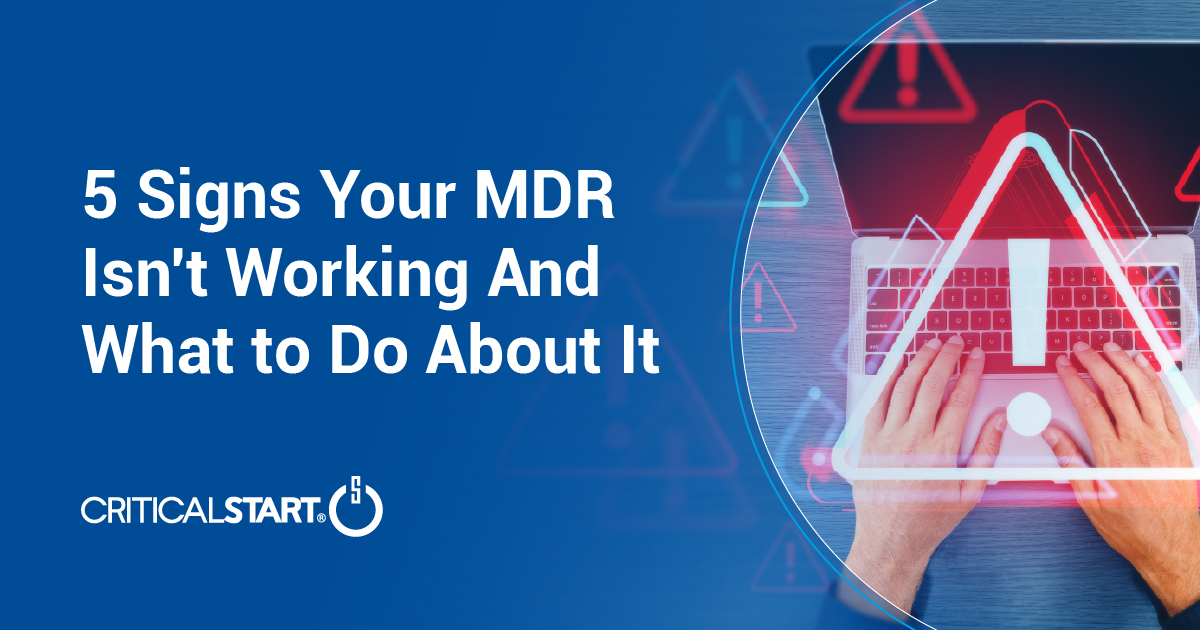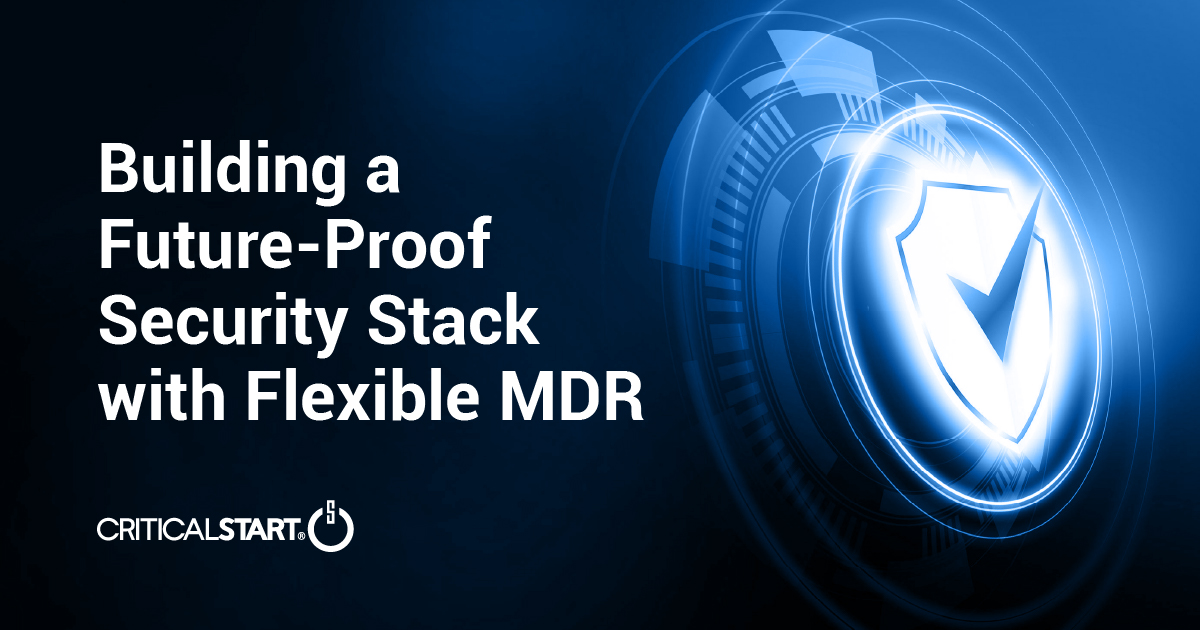Building on the success of a next-generation firewall business, Palo Alto Networks is now leading across multiple competencies in the cybersecurity space including network security, cloud security and security operations. Palo Alto Networks has a unique ability to integrate new technology quickly to compete in new verticals, so for more insight on how they’re accomplishing this we talked with Tim Junio, SVP of Products, Cortex at Palo Alto Networks and former CEO of recent Palo Alto Networks’ acquisition Expanse.
Tim was conducting cyber operations for the CIA before he was old enough to drink, performed consulting work for DARPA and helped to build out cyber operational capabilities for the U.S. military. He explained how a once DARPA prototype became what is now known as attack surface management technology and how it’s now evolved into Palo Alto Networks’ Cortex Xpanse today.
“Going back to 2013-14, when we were first thinking about what ultimately became the core technology for Cortex Xpanse today, we observed that the Internet was kind of a mess,” Tim stated. “As soon as we started looking at a large scale for exploitable systems, we found a huge number. The premise for defenders back then was to try and do penetration testing and always be looking for weak links. But the idea that you can in an automated fashion find exposures as soon as they come up, like within minutes, was not a reality that defenders were prepared for.”
Tim compared this situation to what Palo Alto Networks’ Cortex Xpanse is accomplishing today. “Now it’s really taking an attacker’s view of the organization,” he shared. “It asks key questions such as: ‘What applications are exploitable? What systems are available? Are there any misconfigurations?’ It is the bane of security if you don’t really know what you’re protecting against; if you don’t really know what it looks like. So it made sense for Palo Alto Networks to make this acquisition.”
The right formula for security acquisitions
“After folding in multiple acquisitions over the years, Palo Alto Networks has gotten even better at this process. Before the acquisition of Expanse even closed, we were talking about where our technology could plug in, including the obvious fit with Palo Alto Networks’ next-generation firewalls to ensure that we’re actually protecting the entirety of an internet protocol space. But there are also some not-so-obvious areas including areas for co-development such as Prisma Cloud. We were able to work with this cloud security product to provide a combined view with Xpanse that can show the customer unmanaged cloud assets and find vulnerable systems within cloud environments so that they can be brought under proper management through the Prisma Cloud product.[1] ”
Tim went on to explain how Xpanse is helping Palo Alto Networks to build out data lakes that contain a wealth of security information. He described how they have been prototyping attack surface data to gain a better understanding of how mergers and acquisitions can alter the security situation that a business is facing. “When you add in the complexity of mergers and acquisitions, and business units operating globally, an organization may not really appreciate the vulnerability that it’s facing,” Tim shared. “We show up to customers all the time and remind them, ‘Hey, you’re doing this joint venture, did you know you’re using Alibaba’s cloud? You’re not just an Azure shop anymore.’ And they realize they weren’t centrally tracking that as an organization.”
How Palo Alto Networks defines XDR
Evolving from the early days of attack surface management technology, XDR brings next-level thinking to the entire concept of vulnerability and threat detection and mitigation. Who better to define what XDR means today than Palo Alto Networks, the company that first coined the term and the thinking behind
it. When Tim was asked about the essential criteria that should fall into the expectations for XDR, he replied that the most important idea is the evolution of endpoint detection and response. “Protection, prevention and detection requires joining endpoint data with other data,” he shared. “Basically, if you’re dependent on only one source of information at a time for security, you’re going to miss sophisticated attacks.”
Tim believes that combining endpoint data with network security data is an essential place to start. “If you look at the prior era of endpoint protection, that is where you started to have behavioral analysis and looking at things happening locally on a machine,” he said. “And that obviously was a huge leap in technology that was efficacious for a while , but then adversaries adapted and started doing a better job of obfuscation. We needed a new approach and joining endpoint data with network data gave us new kinds of visibility. If you’re looking across different data sets your odds dramatically improve that the attacker is unable to obfuscate across everything.”
Not simply more data
But Tim also clarified the importance of not just consuming data for its own sake. “I think that is the difference between XDR and SIEM,” he stated. “Security Incident and Event Management was supposed to be the answer to this problem of the modern SOC. But there are too many alerts and people are overwhelmed, so it doesn’t stop enough attacks. When we look at a data ingestion model, we need to ask if we’re providing anything useful or just aggregating. How much of that data is used in true correlation? While SIEM let’s you do that in a highly-manual, human-driven way where you need to do much of the data normalization yourself, XDR starts with the highest quality, most important security data where the intent is not to take 200 different data sources and run queries over them.”
“The difference in how an XDR product would work versus SIEM would be that XDR would normalize between datasets so that you actually know the relationships between them for the highest quality data and then you run advanced analytics on top of them,” Tim continued. “For XDR the data integration component is fundamental. For our own XDR we do the data integrations natively for the product. We create what we call a story. A story is basically the joined relationships between different data sets, starting with our endpoint agent from Cortex XDR and our next-generation firewalls. But we also bring in third-party data and we’re perfectly happy to work with competitor’s data, make that available within XDR and joined with either the next-generation firewall or our endpoint.”
Tim concluded by providing a glimpse of what this will all look like as part of the next evolution within Palo Alto Networks Cortex XDR 3.0 platform[2]. “If you’re a customer of XDR 3.0 and you’re connecting XDR endpoint data, plus let’s say data from Amazon Web Services plus data from our next generation firewalls, we’re going to be running our analytics over all of those datasets and we’ll provide you with scored alerts across the datasets within the XDR unified console,” he said. “I would add to that we’re also pushing results into workflows. Our XDR product is a playbook automation product where we can automate a wide range of responses and have hundreds of integrations built into that product. If we can’t automate it, we can at least augment the workflow automatically for human analysts and provide as much context as possible to speed up the time-to-respond. If you look at this holistically overall, I think that there are four pieces here: There’s the gathering of data, the integration of data, the analysis of data, and then the workflow. And I think what’s really hard is to get all of those things to work well together. And so where we’re really starting to excel is within that overall integration component.”
Source: https://www.paloaltonetworks.com/blog/prisma-cloud/manage-unmanaged-cloud-prisma-cloud-and-cortex-xpanse/
Source:https://www.paloaltonetworks.com/company/press/2021/palo-alto-networks-launches-cortex-xdr-for-cloud–xdr-3-0-expands-industry-leading-extended-detection-and-response-platform-to-cloud-and-identity-to-detect-and-stop-cyberattacks
![]()
Transform Vulnerability Management: How Critical Start & Qualys Reduce Cyber Risk
In a recent webinar co-hosted by Qualys and Critical Start, experts from both organizations discusse...![]()
H2 2024 Cyber Threat Intelligence Report: Key Takeaways for Security Leaders
In a recent Critical Start webinar, cyber threat intelligence experts shared key findings from the H...![]()
Bridging the Cybersecurity Skills Gap with Critical Start’s MDR Expertise
During a recent webinar hosted by CyberEdge, Steven Rosenthal, Director of Product Management at Cri...![]()
2024: The Cybersecurity Year in Review
A CISO’s Perspective on the Evolving Threat Landscape and Strategic Response Introduction 2024 has...![]()
Modern MDR That Adapts to Your Needs: Tailored, Flexible Security for Today’s Threats
Every organization faces unique challenges in today’s dynamic threat landscape. Whether you’re m...![]()
Achieving Cyber Resilience with Integrated Threat Exposure Management
Welcome to the third and final installment of our three-part series Driving Cyber Resilience with Hu...Why Remote Containment and Active Response Are Non-Negotiables in MDR
You Don’t Have to Settle for MDR That Sucks Welcome to the second installment of our three-part bl...![]()
Choosing the Right MDR Solution: The Key to Peace of Mind and Operational Continuity
Imagine this: an attacker breaches your network, and while traditional defenses scramble to catch up...![]()
Redefining Cybersecurity Operations: How New Cyber Operations Risk & Response™ (CORR) platform Features Deliver Unmatched Efficiency and Risk Mitigation
The latest Cyber Operations Risk & Response™ (CORR) platform release introduces groundbreaking...![]()
The Rising Importance of Human Expertise in Cybersecurity
Welcome to Part 1 of our three-part series, Driving Cyber Resilience with Human-Driven MDR: Insights...![]()
Achieving True Protection with Complete Signal Coverage
Cybersecurity professionals know all too well that visibility into potential threats is no longer a ...![]()
Beyond Traditional MDR: Why Modern Organizations Need Advanced Threat Detection
You Don’t Have to Settle for MDR That Sucks Frustrated with the conventional security measures pro...The Power of Human-Driven Cybersecurity: Why Automation Alone Isn’t Enough
Cyber threats are increasingly sophisticated, and bad actors are attacking organizations with greate...Importance of SOC Signal Assurance in MDR Solutions
In the dynamic and increasingly complex field of cybersecurity, ensuring the efficiency and effectiv...The Hidden Risks: Unmonitored Assets and Their Impact on MDR Effectiveness
In the realm of cybersecurity, the effectiveness of Managed Detection and Response (MDR) services hi...![]()
The Need for Symbiotic Cybersecurity Strategies | Part 2: Integrating Proactive Security Intelligence into MDR
In Part 1 of this series, The Need for Symbiotic Cybersecurity Strategies, we explored the critical ...Finding the Right Candidate for Digital Forensics and Incident Response: What to Ask and Why During an Interview
So, you’re looking to add a digital forensics and incident response (DFIR) expert to your team. Gr...![]()
The Need for Symbiotic Cybersecurity Strategies | Part I
Since the 1980s, Detect and Respond cybersecurity solutions have evolved in response to emerging cyb...![]()
Critical Start H1 2024 Cyber Threat Intelligence Report
Critical Start is thrilled to announce the release of the Critical Start H1 2024 Cyber Threat Intell...![]()
Now Available! Critical Start Vulnerability Prioritization – Your Answer to Preemptive Cyber Defense.
Organizations understand that effective vulnerability management is critical to reducing their cyber...![]()
Recruiter phishing leads to more_eggs infection
With additional investigative and analytical contributions by Kevin Olson, Principal Security Analys...![]()
2024 Critical Start Cyber Risk Landscape Peer Report Now Available
We are excited to announce the release of the 2024 Critical Start Cyber Risk Landscape Peer Report, ...Critical Start Managed XDR Webinar — Increase Threat Protection, Reduce Risk, and Optimize Operational Costs
Did you miss our recent webinar, Stop Drowning in Logs: How Tailored Log Management and Premier Thre...Pulling the Unified Audit Log
During a Business Email Compromise (BEC) investigation, one of the most valuable logs is the Unified...![]()
Set Your Organization Up for Risk Reduction with the Critical Start Vulnerability Management Service
With cyber threats and vulnerabilities constantly evolving, it’s essential that organizations take...![]()
Announcing the Latest Cyber Threat Intelligence Report: Unveiling the New FakeBat Variant
Critical Start announces the release of its latest Cyber Threat Intelligence Report, focusing on a f...Cyber Risk Registers, Risk Dashboards, and Risk Lifecycle Management for Improved Risk Reduction
Just one of the daunting tasks Chief Information Security Officers (CISOs) face is identifying, trac...![]()
Beyond SIEM: Elevate Your Threat Protection with a Seamless User Experience
Unraveling Cybersecurity Challenges In our recent webinar, Beyond SIEM: Elevating Threat Prote...![]()
Navigating the Convergence of IT and OT Security to Monitor and Prevent Cyberattacks in Industrial Environments
The blog Mitigating Industry 4.0 Cyber Risks discussed how the continual digitization of the manufac...![]()
Critical Start Cyber Risk Peer Insights – Strategy vs. Execution
Effective cyber risk management is more crucial than ever for organizations across all industries. C...![]() Press Release
Press ReleaseCritical Start Named a Major Player in IDC MarketScape for Emerging Managed Detection and Response Services 2024
Critical Start is proud to be recognized as a Major Player in the IDC MarketScape: Worldwide Emergin...Introducing Free Quick Start Cyber Risk Assessments with Peer Benchmark Data
We asked industry leaders to name some of their biggest struggles around cyber risk, and they answer...Efficient Incident Response: Extracting and Analyzing Veeam .vbk Files for Forensic Analysis
Introduction Incident response requires a forensic analysis of available evidence from hosts and oth...![]()
Mitigating Industry 4.0 Cyber Risks
As the manufacturing industry progresses through the stages of the Fourth Industrial Revolution, fro...![]()
CISO Perspective with George Jones: Building a Resilient Vulnerability Management Program
In the evolving landscape of cybersecurity, the significance of vulnerability management cannot be o...![]()
Navigating the Cyber World: Understanding Risks, Vulnerabilities, and Threats
Cyber risks, cyber threats, and cyber vulnerabilities are closely related concepts, but each plays a...The Next Evolution in Cybersecurity — Combining Proactive and Reactive Controls for Superior Risk Management
Evolve Your Cybersecurity Program to a balanced approach that prioritizes both Reactive and Proactiv...![]()
CISO Perspective with George Jones: The Top 10 Metrics for Evaluating Asset Visibility Programs
Organizations face a multitude of threats ranging from sophisticated cyberattacks to regulatory comp...![]()
5 Signs Your MDR Isn’t Working — and What to Do About It
Are you confident your MDR is actually reducing risk? If so, how confident? According to recent indu...![]() Datasheet
DatasheetSecurity Services for SIEM
Critical Start’s Security Services for SIEM combines Managed SIEM and MDR for SIEM to deliver ...![]()
Building a Future-Proof Security Stack with Flexible MDR
Technology evolves. Organizations grow. But is your cybersecurity strategy keeping up? Come on; be h...
Newsletter Signup
Stay up-to-date on the latest resources and news from CRITICALSTART.
Thanks for signing up!
